Taking the right shot: Which camera is right for your summer snaps
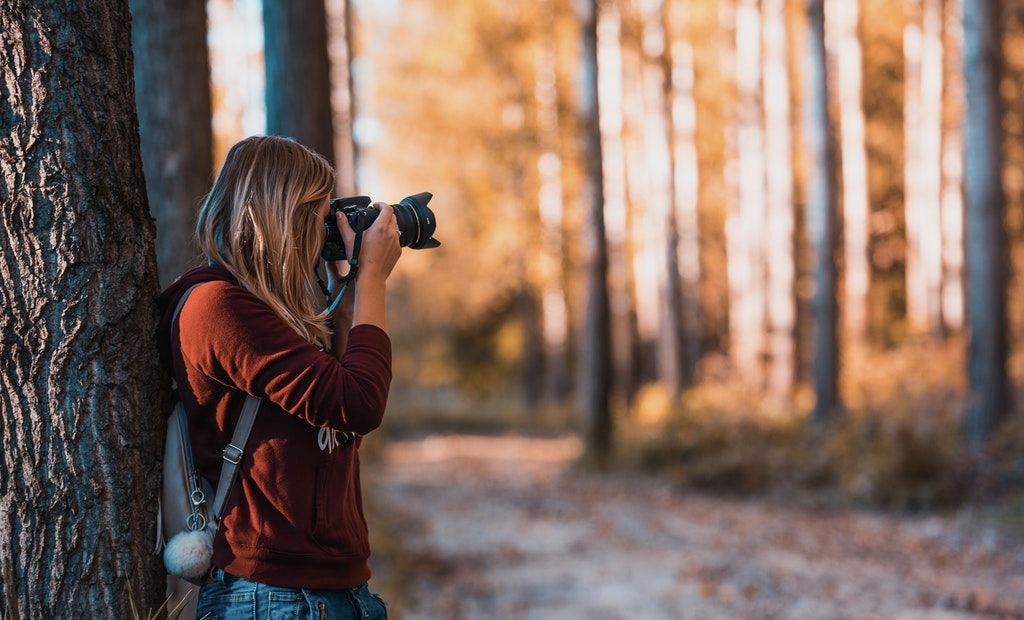
Summer is just around the corner! Whether you’re off on a summer holiday, planning a chilled-out couple of weekends or just seeing where the weather takes you, you’ll probably be taking some snaps to help remember the “happy season.”
To get the best results, should you just stick to an iPhone selfie? Or should you get more involved in photography and invest in a point and shoot or Digital SLR camera? Here are some tips:
Smartphone camera
Phones are great for snapping unplanned pictures and documenting casual moments, especially when used with apps like Instagram. Fortunately, the quality of phone photography has only gotten better as time has gone on. The most recent iPhone 6 has an eight-megapixel sensor and fast autofocus, so it takes crisp shots that display well on screens, other phones and tablets.
Best for: unplanned shots and selfies.
Point and shoot
The classic digital camera, these portable devices range in size and quality so heavily they’re hard to profile. They are similar in application to a phone, in that they’re for taking shots on the go, but tend to offer better quality and higher megapixel resolution.
Best for: festivals and adventure holidays
Digital hybrids
Compact system cameras offer a choice of lenses on a smaller body than conventional DSLR’s. They’re usually quite expensive and lighter and smaller than a DSLR due to fewer internal components. Because they don’t have the internal mirror sensor, they’re quieter too – handy for street photography.
Bridge cameras are basically point and shoots but with a bigger lens and (sometimes) more digital features and control over shutter speed and aperture. They’re smaller than DSLRs but bigger than point and shoots.
Best for: beginners to serious photography and those who want a higher standard of photo without the expense/size/complications of a DSLR.
DSLR (digital single lens reflex)
As any photography student or serious snapper will know, a DSLR is a must for taking truly expert shots. While some digital cameras are catching up to the quality, the ability to switch to other lenses to match certain scenarios makes a huge difference. A DSLR usually offers the highest standard of photo and also the steepest learning curve. Aside from the lens, you’ll need to learn about metering, focus, ISO, aperture and shutter speed. Still, the results you can get with even an entry level DSLR are astounding.
Best for: serious photography of all kinds, useful for fashion and lifestyle bloggers
The editorial unit

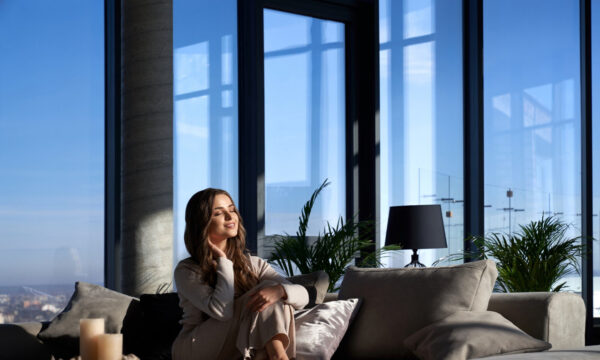
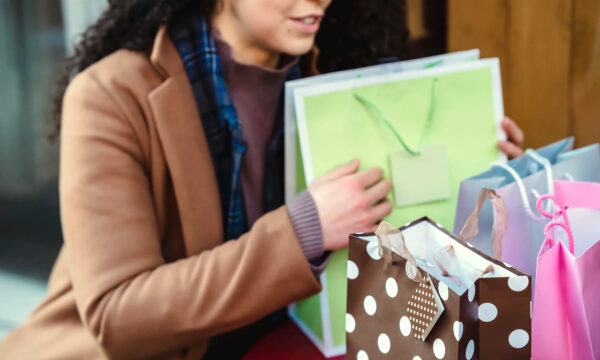
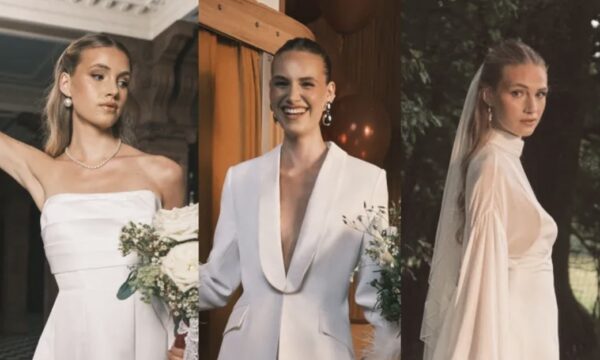

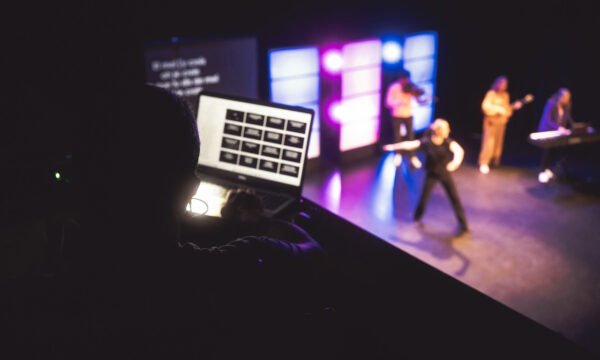
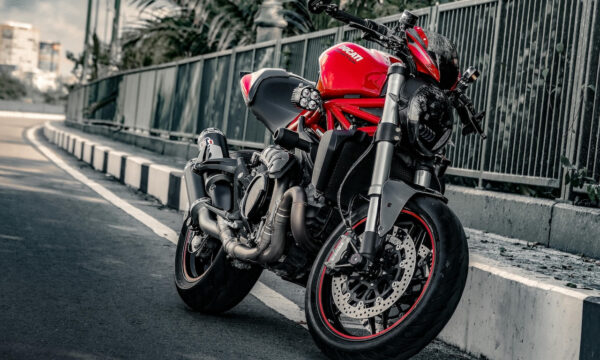
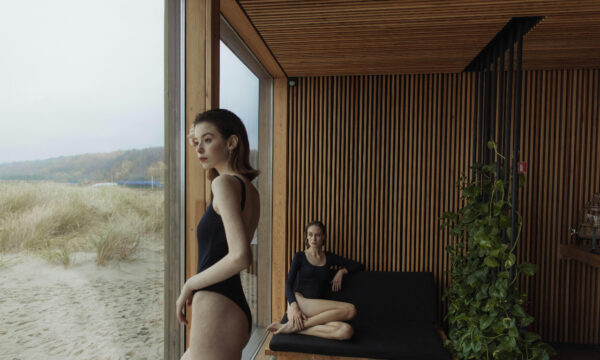

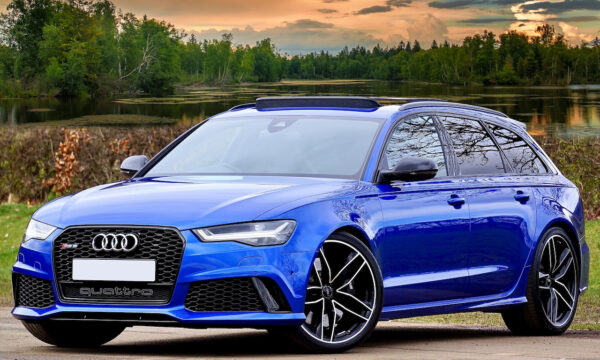
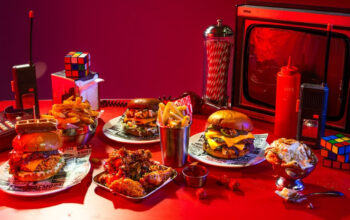
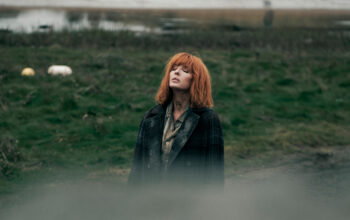
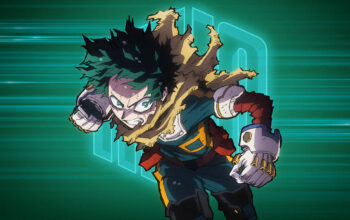
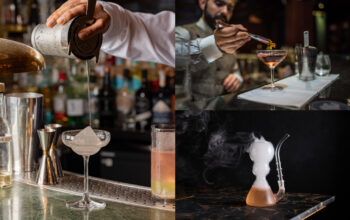


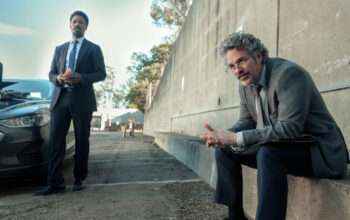


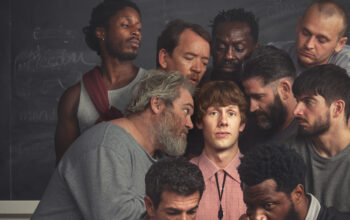
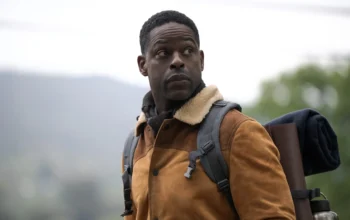

Facebook
Twitter
Instagram
YouTube
RSS